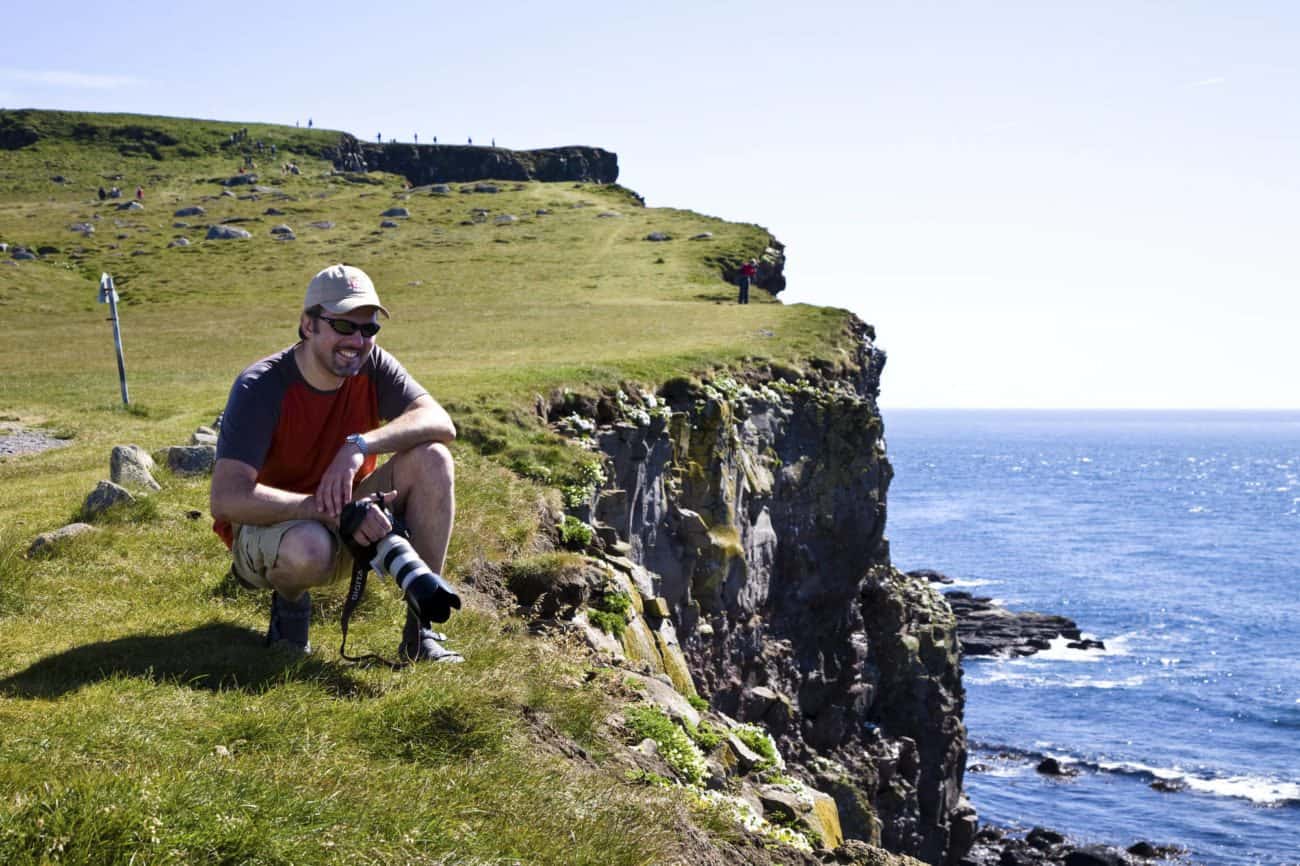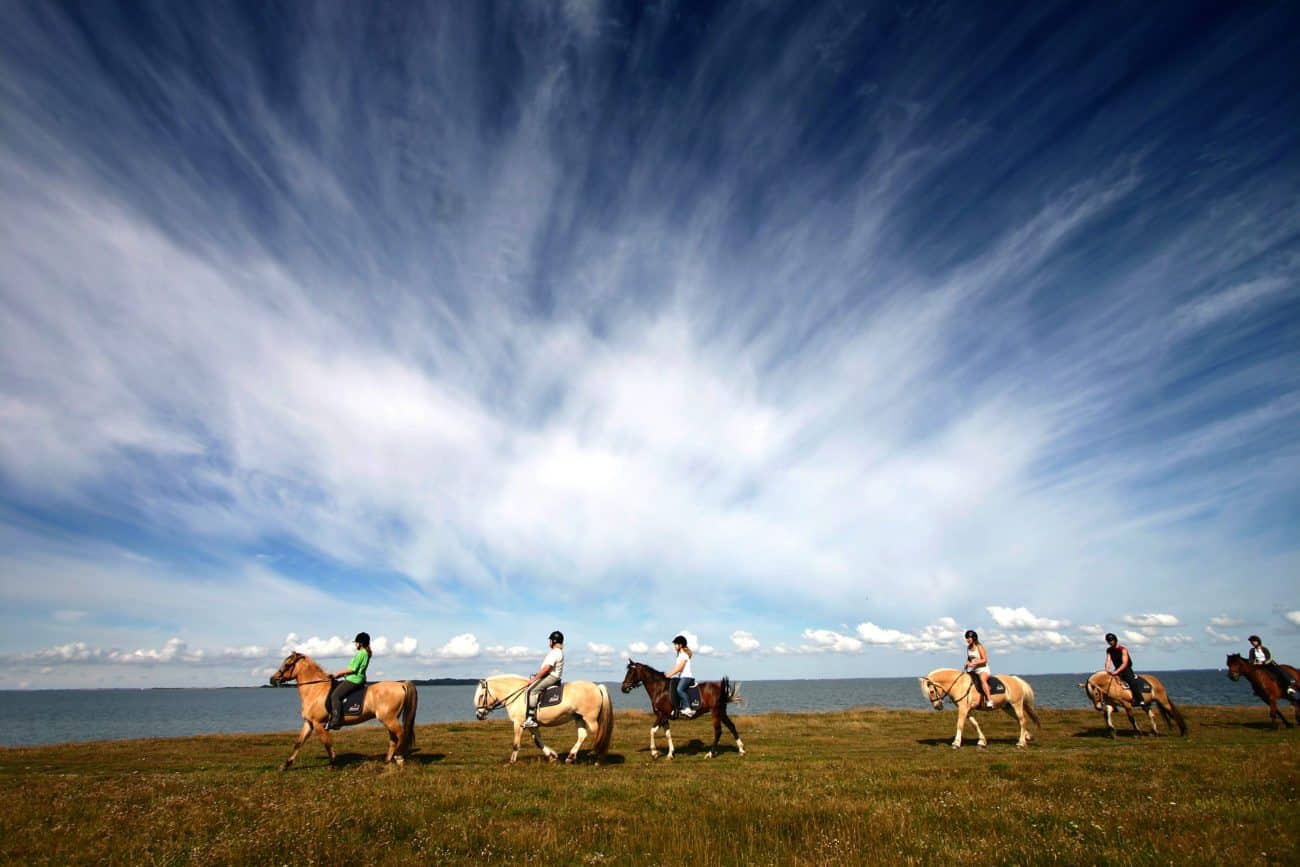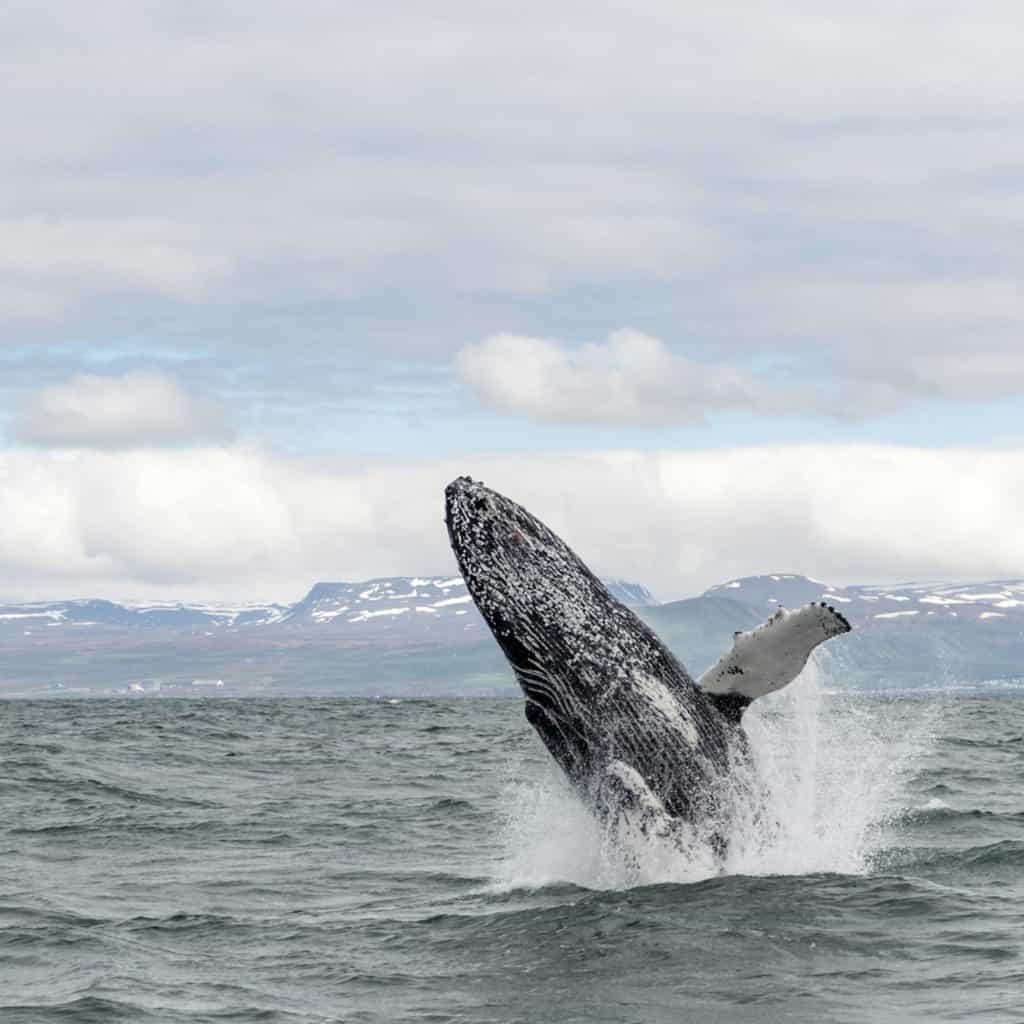Wildlife in Iceland
Contrary to the country’s cold sounding name, there are no polar bears in Iceland! Well at least polar bears are not indigenous to the island, although one or two may have arrived on floating ice flows from Greenland. In fact, the wildlife in Iceland is mainly in the form of marine life and birds.
Iceland’s wildlife mainly takes form in marine life with the rivers and lakes brimming with salmon and trout, much to the delight of local and visiting anglers. There are thousands of whales and porpoises in the surrounding North Atlantic Ocean and curious seals can also be seen hanging around the shorelines in Reykjavik or sitting atop a blue iceberg floating in the Jokulsarlon glacial lagoon.
There is a rich amount of birdlife throughout the island as well as sheep and Viking horses roaming the countryside during summer. Wild reindeer can be found roaming the countryside in the East. Most animal species in Iceland have been introduced to the environment, although it is thought that the Arctic Fox had its home on the island prior to human settlement. This small, adorable creature is quite elusive and can be difficult to spot.
Birdlife
The birdlife in Iceland is as dramatic and varied as the rugged landscape that provides a spectacular setting to view nearly 300 different species of birds. The coastal cliffs alone carry a mind-boggling array of seabirds in massive numbers.
Large colonies and breeding grounds are found in various areas throughout the country that has long riveted the imagination of birdwatchers and travelers alike. Latrabjarg in the Westfjords, Skalanes in the east, Lake Myvatn in the north, and Flatey Island in the West are wonderful birding locales, while visits to the Reykjanes peninsula and the Vestmannaeyjar Islands in the South Iceland are certainly worthwhile.

Latrabjarg Cliffs
Iceland’s exotic Westfjords are home to the colossal Latrabjarg cliffs, the largest bird cliff in the world. The variety and sheer number of birds that can be seen here at one time are astounding with a constant stream of thousands of birds. This majestic cliff’s claim to fame is that it is the westernmost point in Europe and hosts Iceland’s greatest concentration of seabirds.
Thousands of Iceland’s iconic puffins frolic about and are not shy about having their picture taken. Other species that can be found here include gannets, guillemots, razorbills, white-tailed eagles, red-throated loons, arctic terns, redshanks, snipes, auks, murres, kittiwakes, fulmars, snow buntings, and ringed plovers.
Myvatn & Husavik
Lake Myvatn is an outstandingly beautiful region in northern Iceland known for its spectacular volcanic activity and as a major breeding ground for birds with more species of breeding ducks than anywhere else in Europe.
Common to Lake Myvatn are scoter ducks, Eurasian widgeons, tufted ducks, barrow’s goldeneye, scaups, harlequin ducks, whimbrels phalaropes, golden plovers, and you may also see gold crests and birds of prey including short-eared owls and gyrfalcons. Don’t miss a chance to visit the Sigurgeir Bird Museum on the nearby Neslandatangi peninsula.
In Husavik about an hour’s drive away on the northern shoreline there are a good number of breeding purple sandpipers, Arctic terns, snow buntings, as well as ptarmigans and occasionally a hunting gyrfalcon.
Reykjanes
Located less than an hour from Reykjavik, the Reykjanes peninsula is an area typified by vast lava fields as well as sandy beaches and marshlands which provide the home to several breeding colonies of migrant birds. Probably the best known cliffs for bird watching are the towering Krisuvikurbjarg cliffs with a wide variety of species including guillemots, razorbills, fulmars, kittiwakes, as well as puffins, herring gulls, and shags.
Breidafjordur Fjord & Flatey Island
Breidafjordur Fjord is a beautiful bay located in western Iceland, surrounded by mountains including the Snaefellsjokull glacier capped volcano. Within the bay are thousands of tiny islands which provide tranquil nesting grounds for around 50 different bird species including puffins, sea eagles, shags, cormorants and sometimes white-tailed eagle can also be seen there.
The only inhabited island in Breidafjordur Fjord is Flatey Island which can be reached by ferry and is home to a wide variety of bird species including black guillemots, red-necked phalaropes, redshanks, meadow pipits, redwings, eider ducks and the rare red phalarope.
The Vestmannaeyjar Islands
The bird watching scene in the Vestmannaeyjar Islands is most famous for Iceland’s lovable and iconic puffin, or ‘lundi’ in Icelandic. If accessed by ferry the bird watching can begin from the sea as thousands of these tiny playful birds jump from the cliffs and dive into the ocean in search for food.
A fun and family event occurs every August on the island of Heimaey during ‘Flight of the Puffling’ when the baby puffins leave their nests for the very first time to test their wings. Visitors and locals often help rescue those who fumble at their attempt at flight!
Viking horses
“Amongst gods and men, that horse is the best,” says the 13th-century Prose Edda written by Icelandic poet and historian Snorri Sturluson. Against a backdrop of stunning glaciers and volcanoes, it is easy to appreciate the tough, smooth-gaited horses shaped by the demanding elements and the freedom of Icelandic nature. There are almost 100,000 Viking horses in Iceland, many of which are wild and roam the countryside during summer time.
The Vikings arrived in Iceland more than a thousand years ago, bringing their horses with them. When these settlers created the world’s oldest surviving Parliament in the year 930, one of their first acts was to prohibit further importation of horses. Today, more than ten centuries later, the breed remains pure and if a horse leaves Iceland it cannot return.

The Icelandic Viking horse is renowned for being sturdy, independent, friendly, spirited and sure-footed. The Icelandic horse possesses five natural gaits: the Walk, Trot, Canter, Tolt, and Pace. The tolt is a fifth gait specific to only a handful of breeds in the world and provides a smooth ride that feels like gliding. In fact, riders often demonstrate this smooth gait by carrying a tray of drinks at full speed without spilling a drop!
The Icelandic breed is known by horse enthusiasts all over the world and is particularly loved for its wide range of colors, which is a distinguishing characteristic of the Viking Horse. The Icelandic language has more than 100 names for the various colors and patterns of the horses which include unusual shades of dun, cream, silver, roan and pinto.
The horse is also distinctive for its thick and often double-sided mane and long tail. Beginners and seasoned riders alike are enraptured by the Icelandic horse, and riding tours are available from one hour to more than a week.
Whales
The clean, unpolluted waters surrounding Iceland are rich in marine mammals and are close to whale migratory lanes. There are thousands of whales just off its shores and you do not always have to be on a whale watching boat to see them; sometimes just looking out to sea from the shore will reveal a whale’s back breaking the surface. Húsavík in north Iceland is the undisputed favorite area for whale watching although Reykjavik offers the opportunity for year round tours.

The most commonly spotted species are minke, killer, fin, sperm and sei whales, white-beaked dolphins, harbor porpoises and the enormous humpback whales. The most treasured sighting is the enormous blue whale, which is the world’s largest mammal and has a heart the size of a small car.


